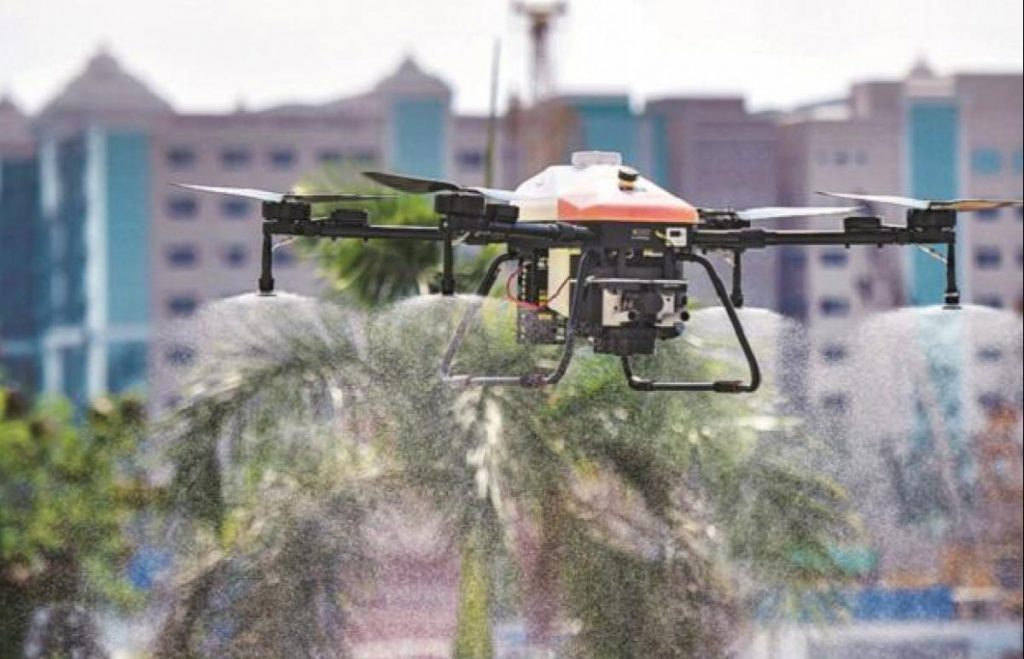Mumbai: It appears a cosy air-conditioned government building in this city. However, the dozen officials in it look tense but attentive. They are glued to a giant screen showing live drone and CCTV footage of crowded slums. The officials with the aid of modern technology are trying to contain the spread of the coronavirus.
Use of technology
When cameras captured dozens of shoppers thronging a market in Dongri area last week, the officials promptly informed police. The enforcers arrived and dispersed the crowd. Twenty minutes later, the footage from Dongri showed only a handful of people still milling around.
To help enforce a lockdown in what is one of the most densely populated areas, authorities are using technology. They are taking the help of drones, re-oriented traffic cameras, and heat maps. But even these can fall short when it comes to maze-like slum alleys.
“Hundreds will fall through the cracks, thousands. But as long as it is not in millions we are safe,” Praveen Pardeshi, who heads the city’s main civic body, said.
Stark facts
Mumbai is home to around 12 million people. Out of those 65 per cent live in slums. A further six million people are estimated to live in peripheral districts.
Confirmed cases in the city have ticked up above 1,900, including 113 deaths. These make up around 1 per cent of India’s more than 12,000 known cases.
Dharavi, often considered Asia’s biggest slum with an estimated one million residents, has reported 77cases and eight deaths. Experts however, fear the number could climb quickly.
Authorities stress that part of Mumbai’s high rates stem from more aggressive testing. It has conducted 2,374 tests per million, versus 448 per million in capital New Delhi according to latest reports Thursday. Around 82 per cent of coronavirus patients in the city are stable, with just two per cent requiring critical care, said an official. “If this percentage remains of stable cases, then we are through,” said Pardeshi.
Authorities have cordoned off parts of the slums. They have also set up special fever clinics and created massive quarantine centres in a stadium and empty government buildings.
Slum people still defiant
But restrictions are hard to observe when living at such close quarters. Recently in a narrow passage encumbered by goats and electrical wire, police officers pleaded with a dozen Dharavi residents to go home.
Asif Siddiqui, a construction shop worker who lives in a one-room apartment with six family members, stayed put. “They ask us to keep one metre distance, but my home is two metres long. We are trying to co-operate, but it is impossible to stay home in a place like this,” said Siddiqui.
Agencies
